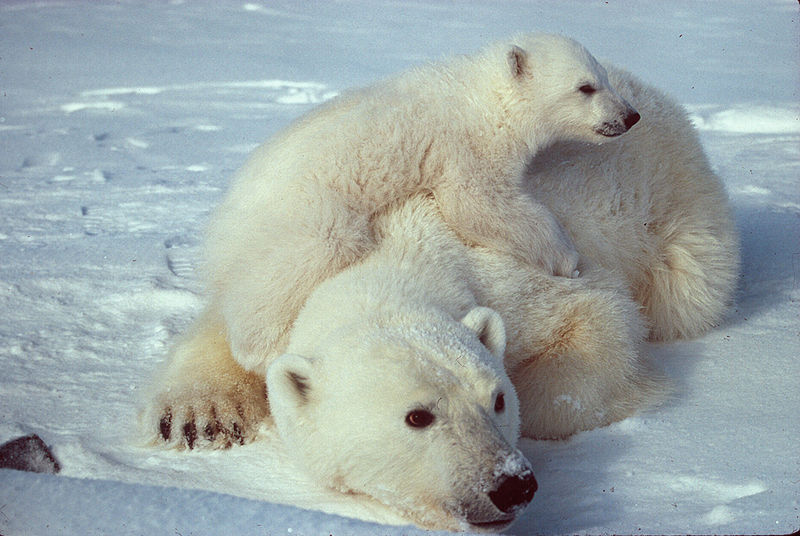We're open daily! View holiday hours
Science News
More than Irish Luck
July 12, 2011

What do polar bears and potatoes have in common? Both have roots in Ireland (in the potato’s case, physical roots, anyway). Both also had their genomes sequenced and published within the last week.
An international team of scientists sequenced the mitochondrial DNA—inherited only from the mother and the “little cellular powerhouse structures,” as defined by Science News—of 242 brown bears and polar bears from throughout the last 120,000 years and across multiple geographic ranges.
They discovered that the female ancestor of all living polar bears was a brown bear that lived in Ireland just prior to the peak of the last ice age—20,000 to 50,000 years ago. Previous research suggested that the ancient female ancestor of modern polar bears lived on the ABC Islands—the Alaskan islands of Admiralty, Baranof, and Chichagof—only 14,000 years ago, but this new evidence goes back much further.
One of the team’s leaders, Beth Shapiro of Penn State, explains that climate changes affecting the North Atlantic ice sheet probably gave rise to periodic overlaps in bear habitats. These overlaps then led to hybridization, or interbreeding.
Due to current warming trends, hybridization with brown and grizzly bears has been a concern for polar bears. But this new research, published in the July 7 edition of Current Biology, hopes to guide future conservation efforts for the threatened species.
Meanwhile, another international group of researchers published the potato genome sequence in the journal Nature two days ago.
ScienceNOW provides us with some of the discoveries.
The potato has about 39,000 protein-coding genes, the team found, slightly less than the soybean and a bit more than corn. The researchers also discovered that the clade asterid—which potatoes belong to along with tomatoes, coffee, and tobacco—likely split off from rosids (grapes, poplar trees, geraniums, etc.) around 89 million years ago.
The sequencing should help with breeding new types of spuds and address the crop’s susceptibility to pests and pathogens.